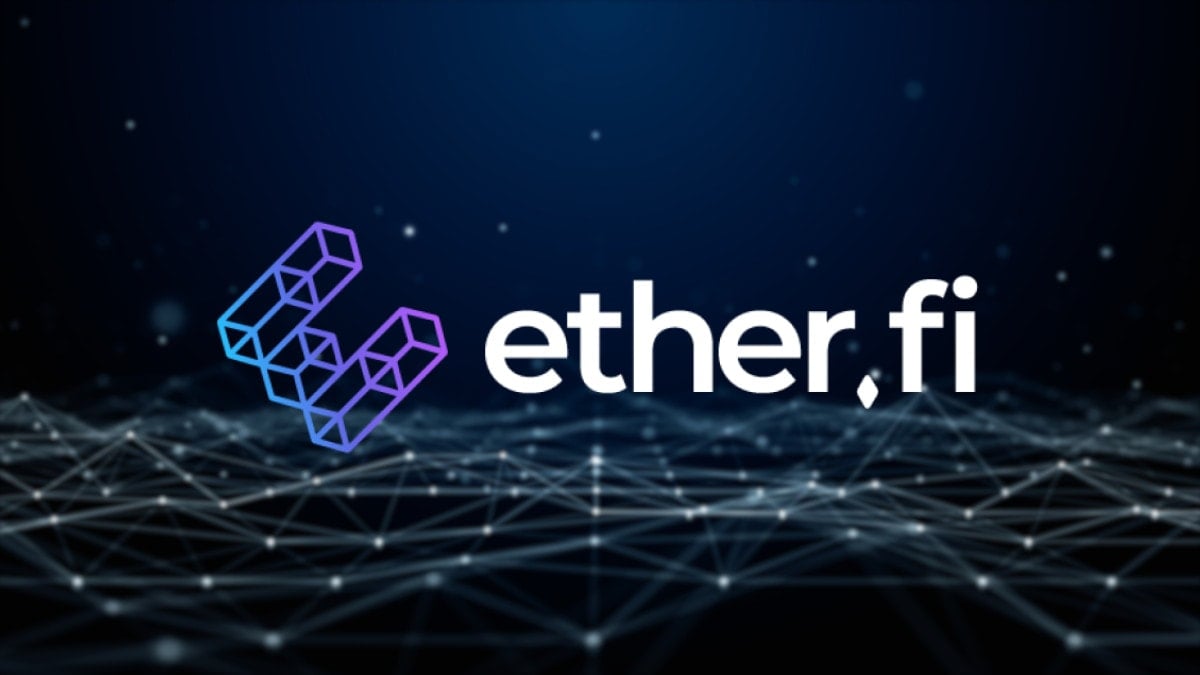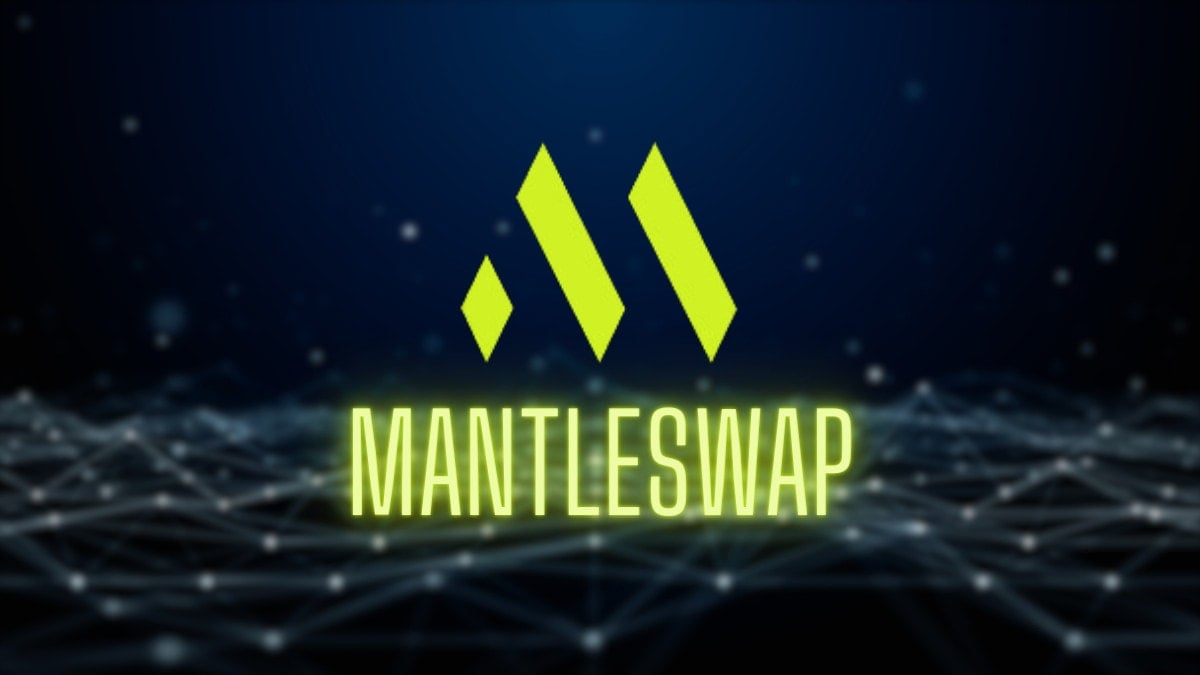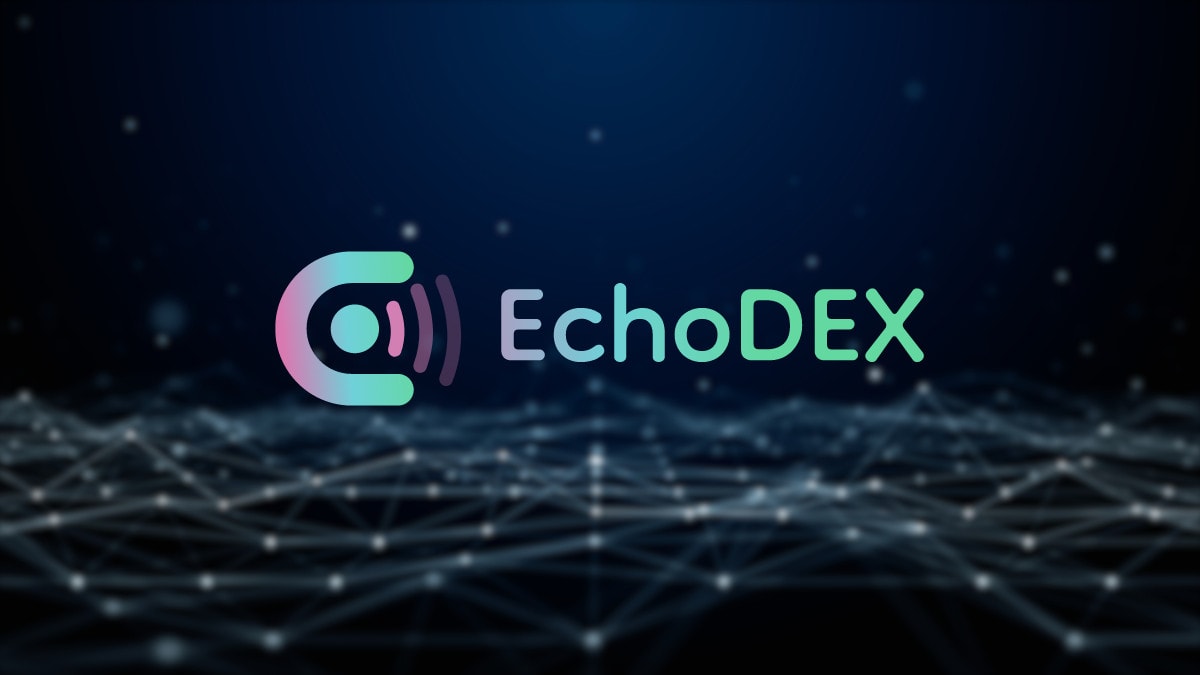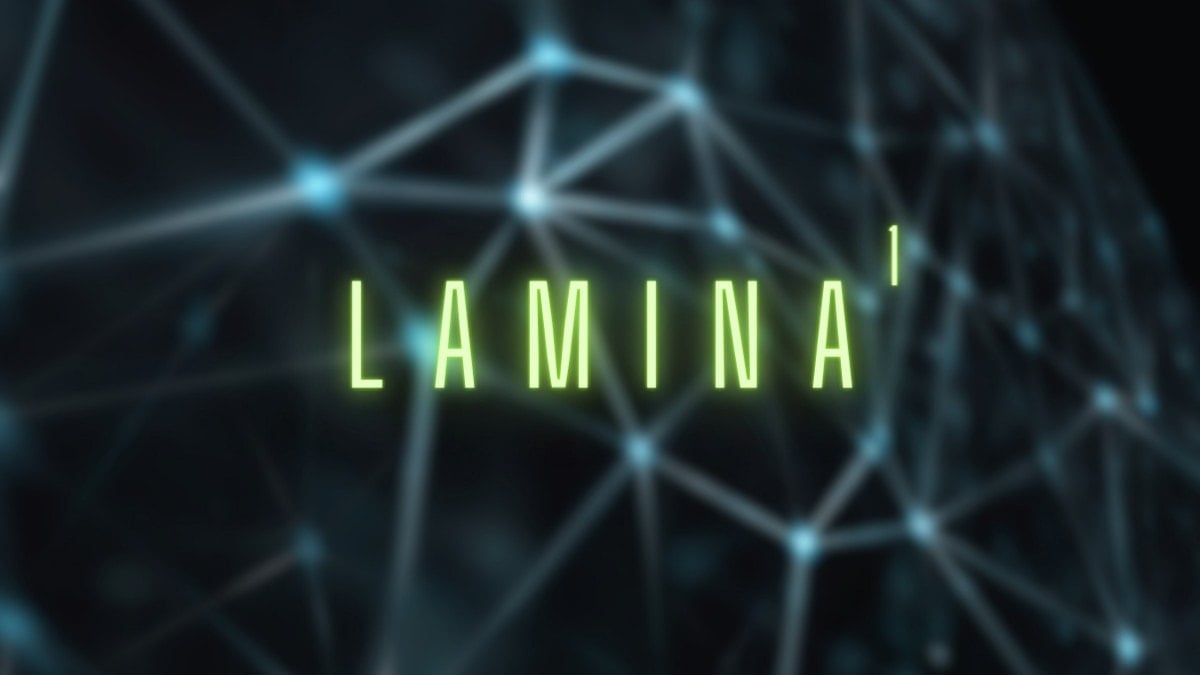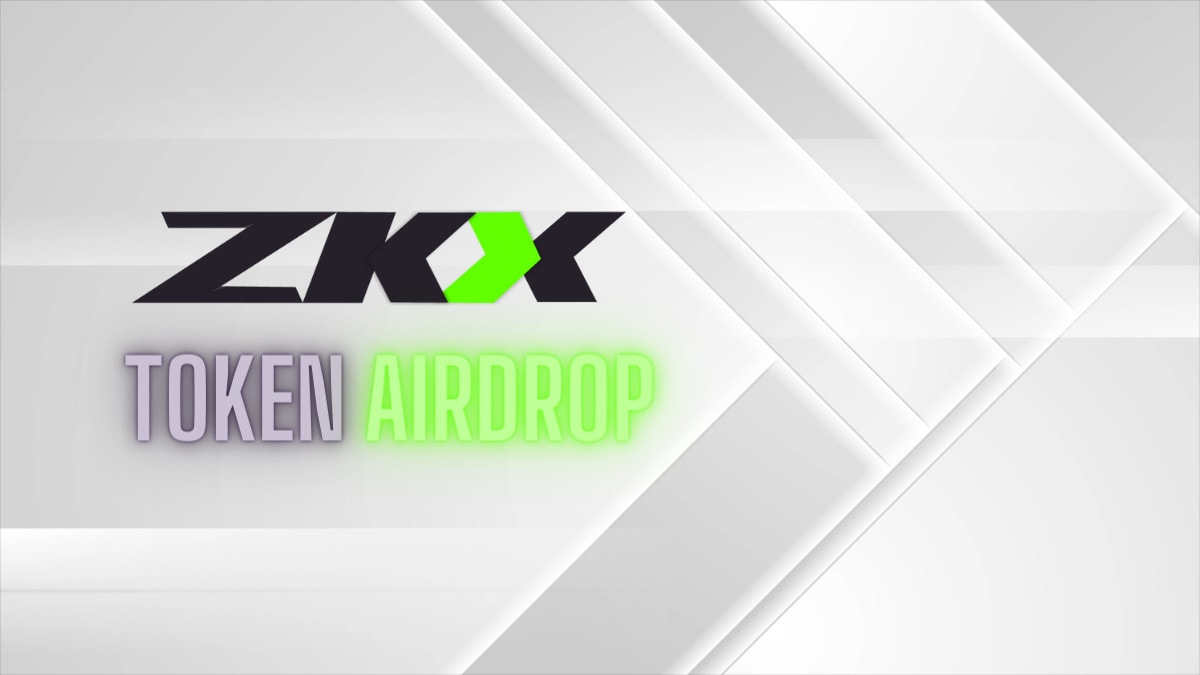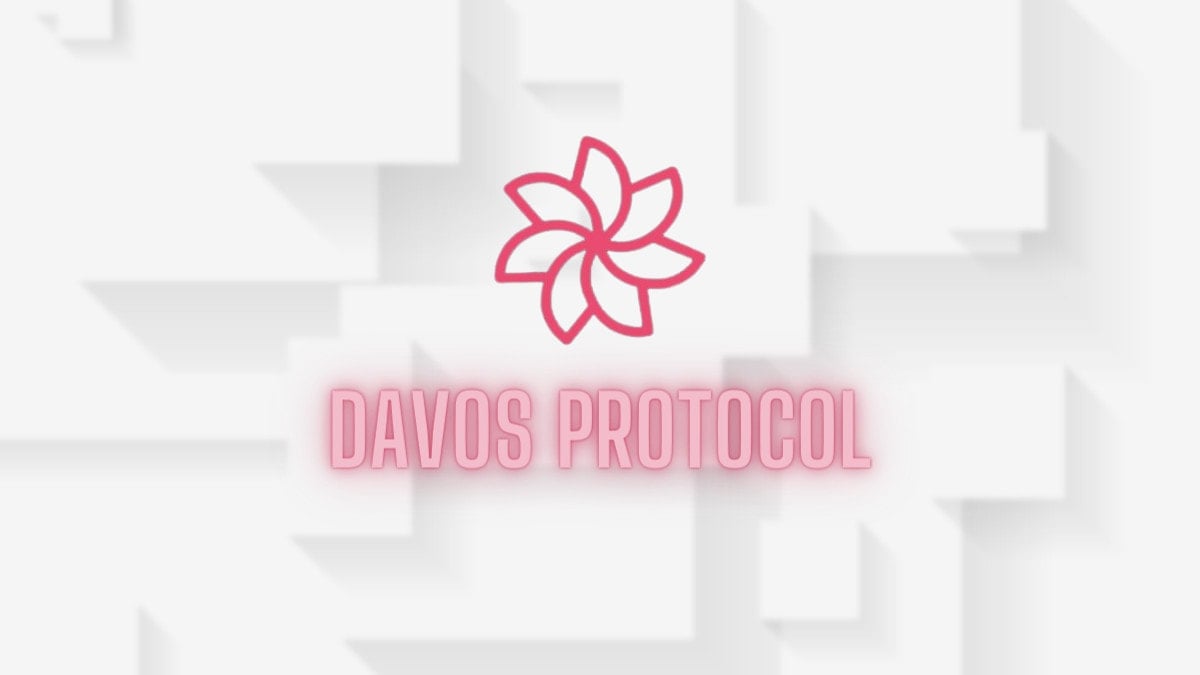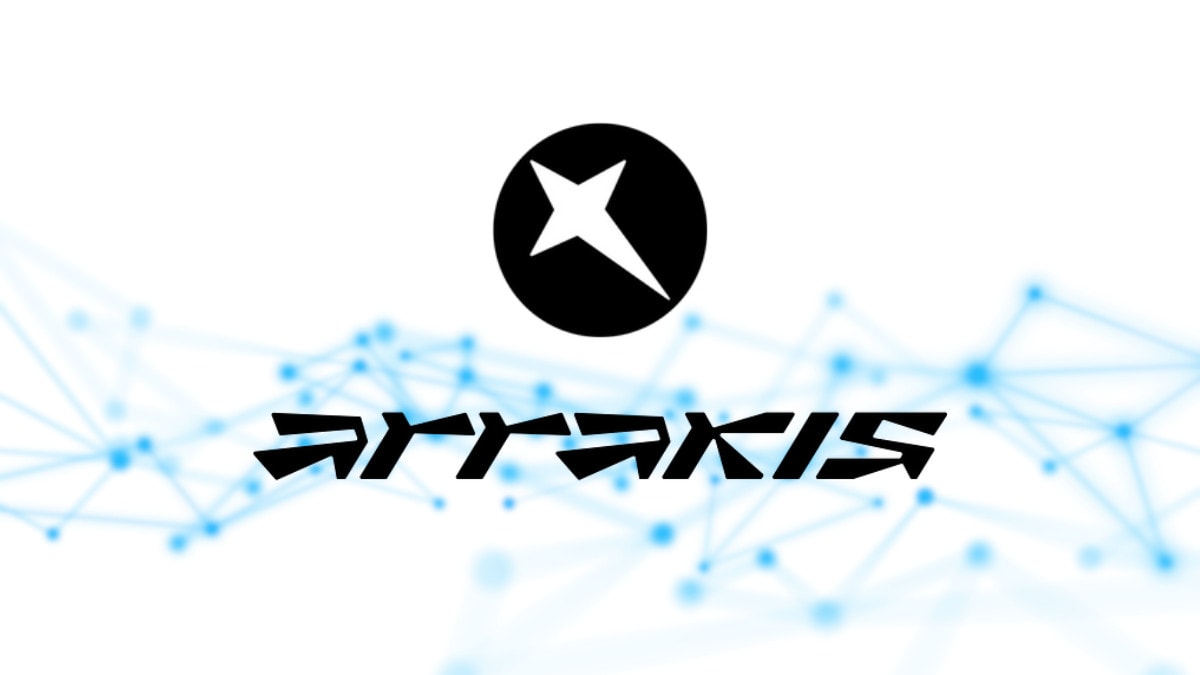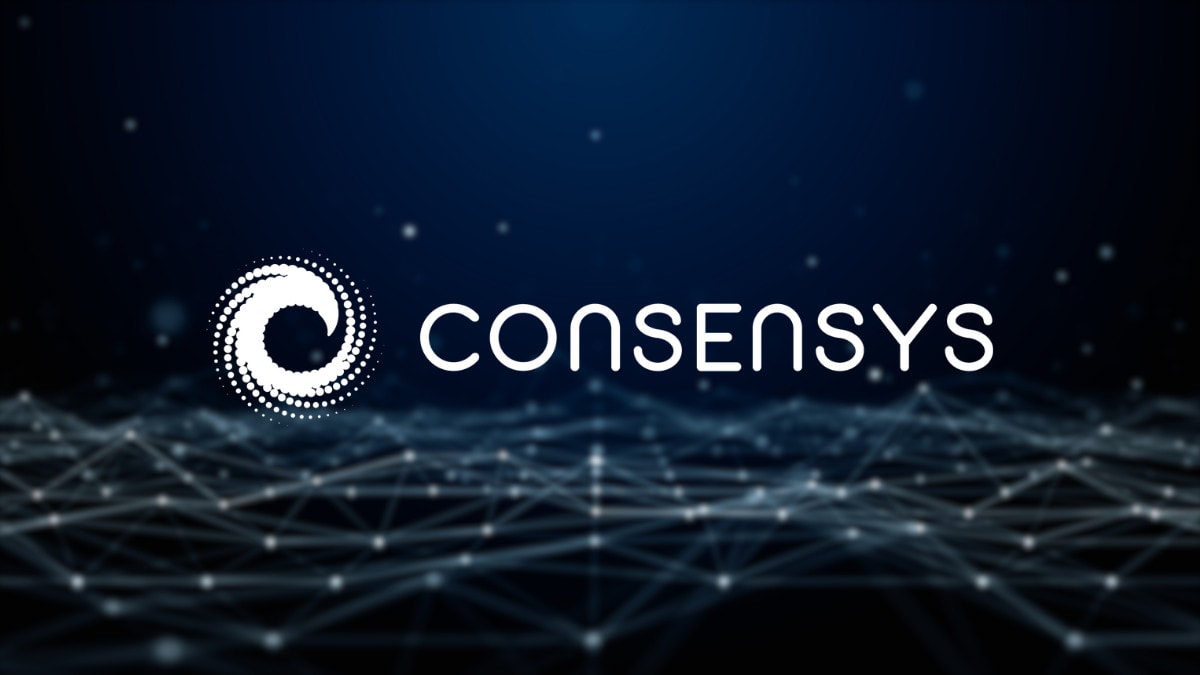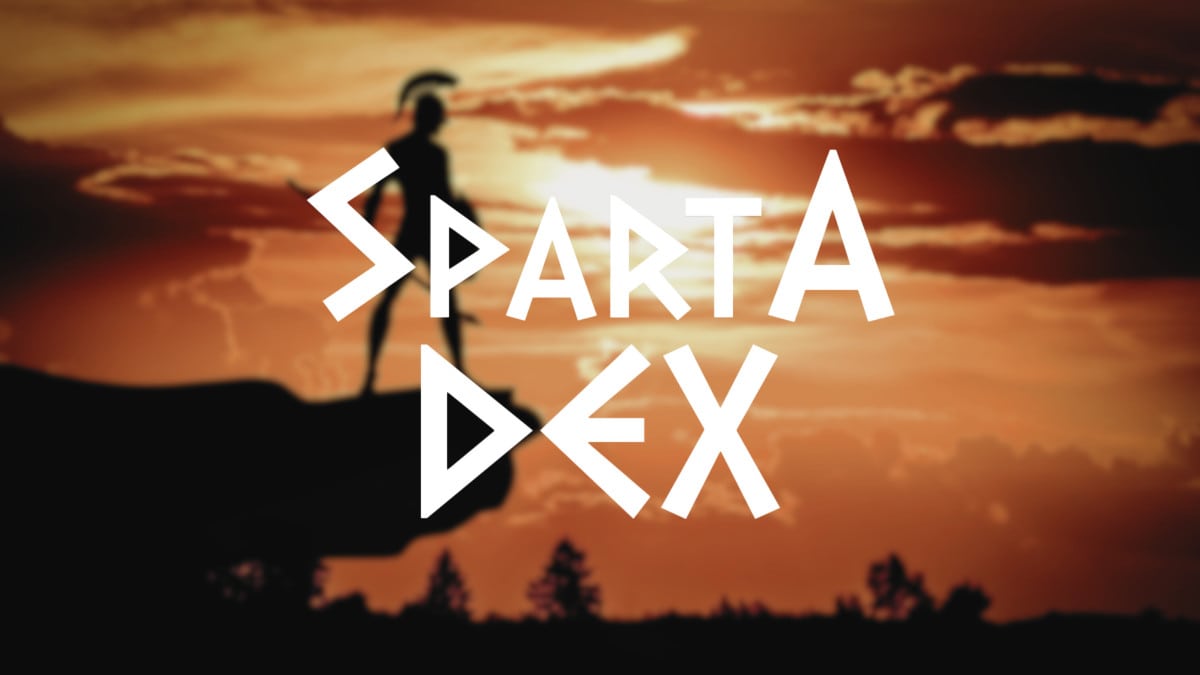If you missed the Arbitrum ($ARB) airdrop, there are plenty of protocols building on Arbitrum that will conduct their own token airdrop. Shell Protocol is one of them, and they have confirmed an airdrop which will happen in Q3 2023. In this article, we will explain what Shell Protocol is and what you can do to position yourself for the airdrop.
Shell Protocol ($SHELL) Airdrop Step-by-step Guide
Here’s how to receive a potential Shell Protocol ($SHELL) airdrop:
- Connect Your Arbitrum Wallet to Shell Protocol
- Bridge ETH to Arbitrum One
- Purchase Expander NFTs
- Farm Shell Points
- Hold Toucan NFTs (Optional)
See below for more details!
What is Shell Protocol?
Shell Protocol is a decentralized exchange (DEX) on Arbitrum that has two key features: Proteus and the Ocean. Proteus is an automated market maker (AMM) engine that allows builders to create custom AMMs without the need for Solidity coding. On the other hand, the Ocean is a shared multi-token ledger for composing DeFi building blocks. Through this model, users and developers can facilitate low slippage stablecoin swaps.
Shell Protocol aims to establish an online monetary system using stablecoins as its building blocks. The term “shells” refers to liquidity provider shares, symbolizing containers for the pool’s value, akin to living shells housing organisms. As of now, Shell Protocol has over $10 million in total value locked (TVL).
Does Shell Protocol have a Token?
Yes, Shell Protocol will launch its $SHELL governance token in the future. Currently, the Shell team is tracking user contributions to the protocol via “Shell Points.” Any Shell Points earned in the previous season will be converted into “Crabs”, which is a fungible, on-chain, non-transferable placeholder for the future $SHELL token allocation at a 1:1 ratio.
Shell Protocol has announced it will do an airdrop and the $SHELL tokenomics. At the Token Generation Event (TGE), 200 million $SHELL tokens will be created. 80m will go to investors, the core team, and the development company; 40m will be allocated for an initial airdrop; 50m for post-TGE incentives; and 30m for their DAO treasury. The TGE is expected to be in Q3 2023.
How to Receive $SHELL Airdrops?
To qualify for the $SHELL airdrop, you will need to earn Shell Points by interacting with the protocol. These points also compound over time, so the earlier you get in, the more points you earn. Here’s a step-by-step guide:
- Connect Your Arbitrum Wallet to Shell Protocol
Go to app.shellprotocol.io and connect your MetaMask wallet. Switch the network to Arbitrum One.
- Bridge ETH to Arbitrum One
If you don’t have funds in your Arbitrum One, you can bridge them over from the Ethereum Mainnet at bridge.arbitrum.io or Orbiter Finance.
- Purchase Expander NFTs
In order to earn Shell Points, you will need to unlock quotas. You can unlock quotas by activating Expander NFTs in the Booty page. You can purchase them (aka Expanders) on OpenSea. The cheapest ones are around $10. The more expensive ones have higher quota limits.
There are also other types of NFTs that can boost your points for several days.
WARNING: Do not buy the NFTs that have no quota ratios on them! - Farm Shell Points
Once you’re in, go to app.shellprotocol.io/points. Scroll down and you can see all available liquidity pools on the protocol. You can earn points by providing liquidity or wrapping tokens at app.shellprotocol.io/trade. The quota is a cap on how many points you can earn.
- Hold Toucan NFTs (Optional)
Government Toucans are a collection of Arbitrum NFTs launched by Shell Protocol. Holding one can give you additional quota to earn Shell Points. If you don’t have one, you can buy one at opensea.io/collection/government-toucans.
Toucan holders can also vote on Shell Protocol’s proposals at snapshot.org/#/shellprotocol.eth.
Airdrop Review
When reviewing an airdrop, there are several factors to consider. First, the likelihood the project will even do an airdrop in the first place. Then, to look at how many tokens the project intends to allocate towards airdrop campaigns, as well as the difficulty in participating in their airdrop. It is also important to look at the utility of the token so that there will be an actual use and purpose in participating in the airdrop in the first place. Finally, a factor to consider when reviewing an airdrop is whether the airdropped tokens are subject to any lockup period.
Likelihood of Airdrop: Shell Protocol has confirmed airdropping $SHELL tokens to protocol users in Q3 2023.
Airdropped Token Allocation: 40m $SHELL (out of 200m) will be allocated toward an initial airdrop. So expect even more airdrops to come!
Airdrop Difficulty: The tasks are fairly easy to complete, but you will need some real ETH or stablecoins to interact with the protocol.
Token Utility: $SHELL is a governance DAO token.
Token Lockup: TBD

